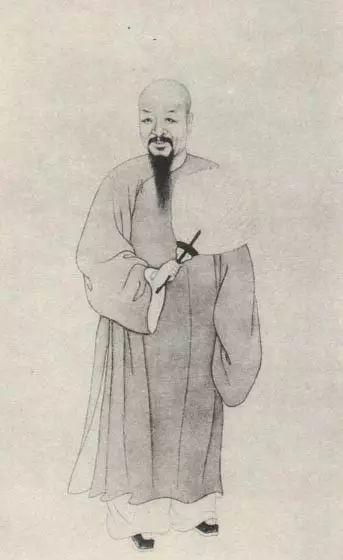
Wang Wenzhi (1730-1802), courtesy name Yuqing, was a native of Jiangsu (now Zhenjiang, Jiangsu). Qianlong 35 years (1770) to explore the flowers. When Wang Wenzhi was a teenager, he was famous for his articles and calligraphy, and he was brilliant.
Wang Wenzhi's calligraphy uses the pen to turn less and fold more, mainly folding, which is decisive and clean. The thin and hard strokes are slightly rounded, both feminine and moving, but also handsome and luxurious, the wind god is scattered, and the tip of the pen reveals the characteristics of talent and beauty everywhere, especially the couplet works, which are particularly cool.
In the twenty-first year of Qianlong (1756), Zhou Huang, an attendant at the Hanlin Academy, sent an envoy to Ryukyu and invited Wang Wenzhi, who was only 27 years old, to visit, and the Ryukyuan people regarded Wang Wenzhi's ink as a treasure, and many museums and folk collectors in Japan still treasure his ink treasure. In the twenty-fifth year of Qianlong (1760), Wang Wenzhi was admitted as a jinshi, the third place in the temple examination, and was taught the editing of the National History Museum, and later promoted to Hanlin to read. In the twenty-ninth year of Qianlong (1764), Wang Wenzhi was appointed as the prefect of Lin'an (present-day Jianshui) in Yunnan.
Wang Wenzhi's poems and books enjoy a high reputation, and the second king of calligraphy, ShuxueMi, Dong, and Houfa, Li Beihai, likes to use light ink, which is in sharp contrast with Liu Yong, who likes to use thick ink, and has the reputation of "thick ink prime minister" and "light ink exploration flower". His calligraphy is sprinkled with pen rules, the structure is tight and restrained, and the ink color is mainly light, which is really a reproduction of Dong Qichang's calligraphy style. Wang Wenzhi faithfully adheres to the meaning of the thesis, but there is no traditional thesis of the flow of roundness and lightness.